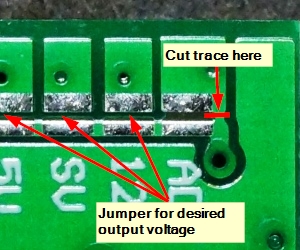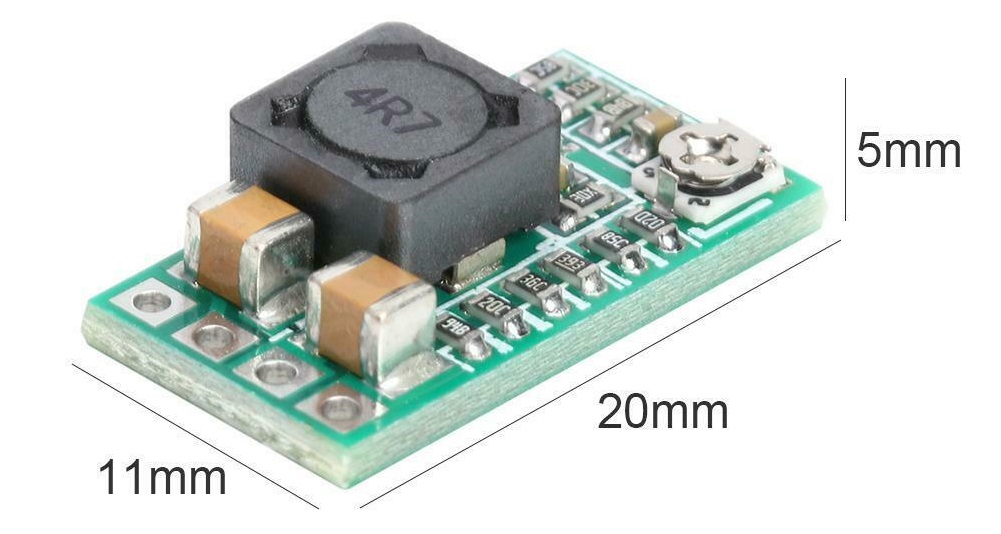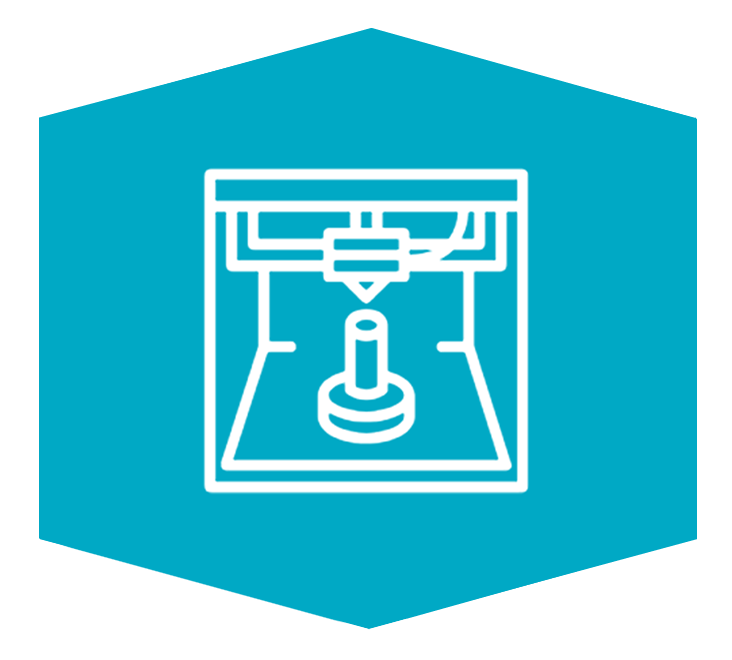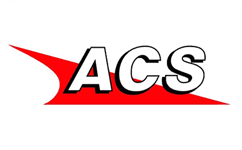The MP2315 Mini Adjustable DC-DC Step Down Module can step-down a 4.5 to 24V input voltage to a 0.8 to 22V output at up to 2A.
This DC-DC Step-Down converter is adjustable and capable of outputting a voltage in the range of 0.8 to 22V at a continuous current of up to 1.5A and short-term current of up to 2A. The input voltage must be higher than the output voltage. The module also has an option on the back to cut a trace and bridge solder pads to have the module output a fixed voltage.
The MP2315 is good for up to 3A max which is how it is typically advertised, but in this tiny packaging with minimal heat sinking, current should be kept down around 1.5A or less for extended operation with peaks of up to 2A. The device is able to use low ESR bulk ceramic capacitors rather than electrolytic caps which avoids long-term aging concerns and contributes to the compact packaging.
The MP2315 converter IC has over current and thermal limiting features built-in to safely shut the device down if driven too hard.
Voltage Adjustment
As-shipped, the module has a single-turn potentiometer for adjustment of the output voltage.
Turning the pot CW increases the output voltage while turning it CCW decreases the output voltage. Because the pot is single-turn, setting an exact voltage is typically not possible, but the setting can easily be set to within a couple percent of the target value which is fine for most applications. For example when targeting 5V, expect to hit 4.95 – 5.05V.
The lowest output voltage is approximately 0.8V. The upper limit of the adjustment range will depend on the input voltage and is typically about 0.6V less than the input voltage. With a 12V input for instance, the upper output limit will be approximately 11.4V.
Optionally, a trace on the back of the module can be cut and one of several solder pads can be bridged to have the converter output a fixed voltage of 1.8V, 2.5V, 3.3V, 5V, 9V or 12V.MP2315 Mini Adjustable DC-DC Step-Down Module - Trace to Cut

Cutting the small trace requires a sharp Exacto knife or razor blade and either good eye-sight or a magnifier of some kind. Solder bridging the pads will require a soldering iron with a fairly small tip.
If it is desired to return to the adjustable output, the ADJ pads can be shorted.
In our testing, the accuracy of the fixed output voltages was within 5% on all settings and was very close on the 3.3 and 5V settings as shown in the table below.
Output Enable
The module has an EN (Enable) pin which is active HIGH.
The module has this pin pulled high by default, so the module will always be enabled and the EN pin can be left unconnected if the module will always be enabled.
To use this feature, the input can be driven LOW by connecting it to a digital output pin on an MCU or it can be grounded via a switch to disable the output. The EN pin is compatible with 3.3 and 5V logic levels.
Module Connections
These are very compact boards with 4 solder connections on standard 0.1″ centers. A male header strip is provided which can be soldered to the board for making connections.
1x4 Header
- EN = Enable. Active HIGH and pulled HIGH on the module. Pull LOW to disable the module output.
- IN+ = Input voltage
- GND = Ground
- VO+ = Output voltage
Keep in mind when using these modules on a solderless breadboard that with higher currents the voltage drop through standard breadboard jumpers can become significant. Ensure you use larger gauge wire, keep the wires short and/or double up on the wires to minimize any voltage drop.

ΣΗΜΕΙΩΣΕΙΣ
- Be sure to properly hook up the input and output connections before applying power to avoid possible damage to the module.
- Under higher current loads, the components can get fairly hot, so use care when handling.













